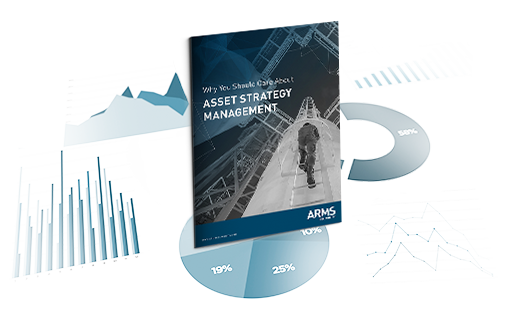On the surface, it may make sense for reliability strategies to vary across like assets. But often, when you dig a little deeper, it becomes clear that they vary for all the wrong reasons.
If you did a review of current active maintenance plans on a single site, it’s not uncommon to find that the reliability strategies vary across similar assets – which you might think could be explained because the assets have different operating contexts.
However, what we find is that the reliability strategies are in fact very similar but structured differently within the EAM system, or the wording of tasks has been changed even though they represent the same task. So, change for changes sake with no impact on the value of the reliability strategy.
Planners and SMEs cause differences
There are two key instances in which discrepancies can creep into reliability strategies for like assets.
- Planners structure maintenance plans differently – even when based on the same set of basic tasks for an asset. The approach they take can depend on their experience and background. Even where organizations have some Master Data standards, there is still room for flexibility and personal preference in the final structure of the maintenance plans.
This becomes a real problem within a single site and, worse still, across a whole organization. It makes it almost impossible to compare maintenance plans across assets; or to evaluate differences in the plans and their alignment to performance. It also makes it harder to implement a consistent Work Execution Management (WEM) framework because the maintenance plan structures are inconsistent and built with differing philosophies.
- A subjective strategy review process - to ensure high-quality plans and to gain ownership by the site over the reliability strategies, organizations conduct one or more reviews of the reliability strategy. The problem here is that the entire content is up for review, and as such will get modified again based on personal preference, rather than any real improvement to the strategy.
This second instance is where single task descriptions can be modified by different Subject Matter Experts (SMEs) within the same review process. Expand this across different assets or sites, and the same maintenance tasks can end up looking entirely different.
The impact of these two issues is a significant hit to productivity. For the planners and SMEs doing the review, the effort in generating the plan to their liking, or modifying content that doesn’t affect the strategy, just to match their personal preference, quite simply doesn’t add any value. It makes ongoing improvement difficult, benchmarking across the organization time consuming, and the ability to leverage any improvements impossible.
ASM rule-based master data generation delivers consistency
To address these challenges, the Asset Strategy Management (ASM) process utilizes a rule-based process to automatically structure routine tasks into a consistent and complete maintenance plan structure. This means all similar assets will have the same plan structure within the EAM system, providing a consistent view that supports efficiency, benchmarking, comparison and rapid update.
The ASM process, through the application of workflows, makes the review process faster, too. It focuses on key fields while protecting key data that should not be modified. Review is based on data and data standards that affect the quality of the strategy, not opinion.
With ASM, maintenance plans for like assets can be compared simply and easily, through the consistent plan structure and matching task descriptions. Any differences will be easily identified, and these differences will only arise due to different operating context, criticality or make and model of the asset.
Local variations can always be reviewed and, if effective, they can be deployed to other like assets, with the associated maintenance plan data being modified rapidly through the rule-based packaging approach.


